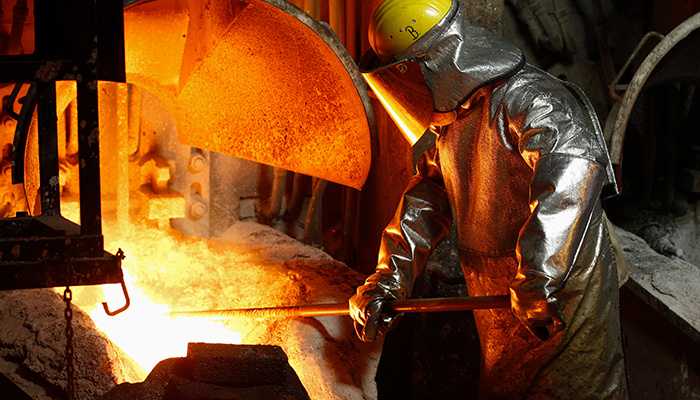Cleaning-in-place (CIP) is one of the most critical procedures in maintaining the long-term performance of reverse osmosis systems, and the design of this process is closely linked to the characteristics of the cleaning agent used. When a system begins to show signs of increased pressure drop or decreased permeate flow, a well-executed CIP plan using a Reverse Osmosis Membrane Special Alkaline Cleaning Agent can restore membrane performance efficiently and safely. The success of such a cleaning process depends not just on the chemical composition but also on how the procedure is structured from start to finish.
One of the most important principles in CIP design is ensuring complete contact between the cleaning solution and every surface within the system, including tanks, pressure vessels, piping, and, most importantly, the membranes. The alkaline cleaning stage typically comes after or before an acidic cleaning step, depending on the type of foulants present. This specific type of alkaline cleaning agent is formulated to handle biological growth, colloidal particles, and organic fouling. It's essential that the cleaning sequence, flow rate, solution pH, and temperature are adapted to the specific conditions of the membrane system. Relying on generalized instructions can lead to incomplete cleaning or even damage to membrane surfaces.
The pH of the diluted Reverse Osmosis Membrane Special Alkaline Cleaning Agent usually ranges from 10.0 to 11.5, depending on concentration. At this pH range, the cleaning agent effectively breaks down organic matter and disperses biomass without attacking the membrane polymer. Temperature control is equally important—too low, and cleaning performance drops; too high, and you risk compromising membrane integrity. Most manufacturers recommend cleaning temperatures between 30°C to 35°C for alkaline cleaning, although this can vary depending on the membrane brand and the site’s specific operating conditions.
Flow dynamics play a central role in achieving optimal results. A typical recommendation is to circulate the cleaning solution through the membrane elements at a low crossflow velocity during the first few minutes, allowing the chemistry to start loosening deposits. After this initial soak, the cleaning solution should be recirculated at a controlled rate—usually about 30–60 liters per minute per pressure vessel. In systems with multiple stages, each stage should be cleaned separately to avoid redistributing fouling material from downstream to upstream membranes. This segmented approach adds to labor time but is essential for thorough cleaning.

Soak time is another factor that can’t be overlooked. Allowing the alkaline solution to dwell for 30 to 60 minutes ensures deeper penetration into fouling layers. During this time, monitoring the pH and temperature is necessary to maintain optimal chemical activity. If the solution becomes discolored or shows significant changes in pH, it may be necessary to drain and replace it with a fresh batch. Some facilities even perform a second cleaning cycle if the system has suffered from extended fouling periods or if feedwater conditions have fluctuated widely.
Selecting a Reverse Osmosis Membrane Special Alkaline Cleaning Agent with high solubility and effective surfactant systems can drastically improve cleaning efficiency. These agents are engineered to reduce surface tension, allowing the chemical to reach microscopic crevices within membrane fibers and pressure vessels. The right product simplifies the procedure, minimizes system downtime, and reduces the risk of irreversible membrane damage. For those running high-capacity systems or dealing with challenging water sources, a proven and well-formulated cleaning solution can become an indispensable part of regular maintenance planning.
It’s also important to build the CIP plan around accurate performance data. Before initiating cleaning, track baseline metrics like pressure differential, permeate flow, and salt rejection. After cleaning, compare results to verify recovery. This feedback loop not only proves the value of the cleaning agent used but also helps fine-tune future procedures. By working closely with experienced suppliers who understand the chemistry and application conditions, users can build cleaning strategies that align with actual fouling characteristics rather than theoretical assumptions.
Our company supports users with technical cleaning plans tailored to site-specific operations, ensuring the application of the Reverse Osmosis Membrane Special Alkaline Cleaning Agent achieves both technical and economic goals. With a high-performance formulation and precise procedural design, this cleaner helps operators maintain system stability, avoid premature membrane replacement, and ultimately reduce operational costs.
 En
En
 عربى
عربى 中文简体
中文简体

